Two new cracks appear at Sydney’s troubled Opal Tower
Damage at Sydney’s Opal Tower appears to be spreading with two new cracks found on a different floor to the one that sparked the crisis.
Residents of Sydney’s Opal Tower have woken up to more bad news this morning with the shock discovery of more new cracks on a separate floor to the original problem that sparked the crisis.
The tower’s design engineers were last night racing to install structural support on level four of the Olympic Park building, where investigators found two new fissures.
Until now it was believed that the damage was restricted to level 10, where engineers have been forced to install giant metal supports to prevent cracks widening in areas where prefab concrete panels met concrete poured on site.
Design firm WSP denied reports the cracks on the fourth floor had widened from 3mm to 20mm over the past week, with chief executive Guy Templeton declaring them “completely not true”.
“We’ve gone through the rest of the building, that (cracking) has been there for an indeterminate amount of time, not necessarily the same,” he told The Australian. “It’s been monitored and it hasn’t moved at all. It’s just a bit of cracked concrete, not very exciting.”
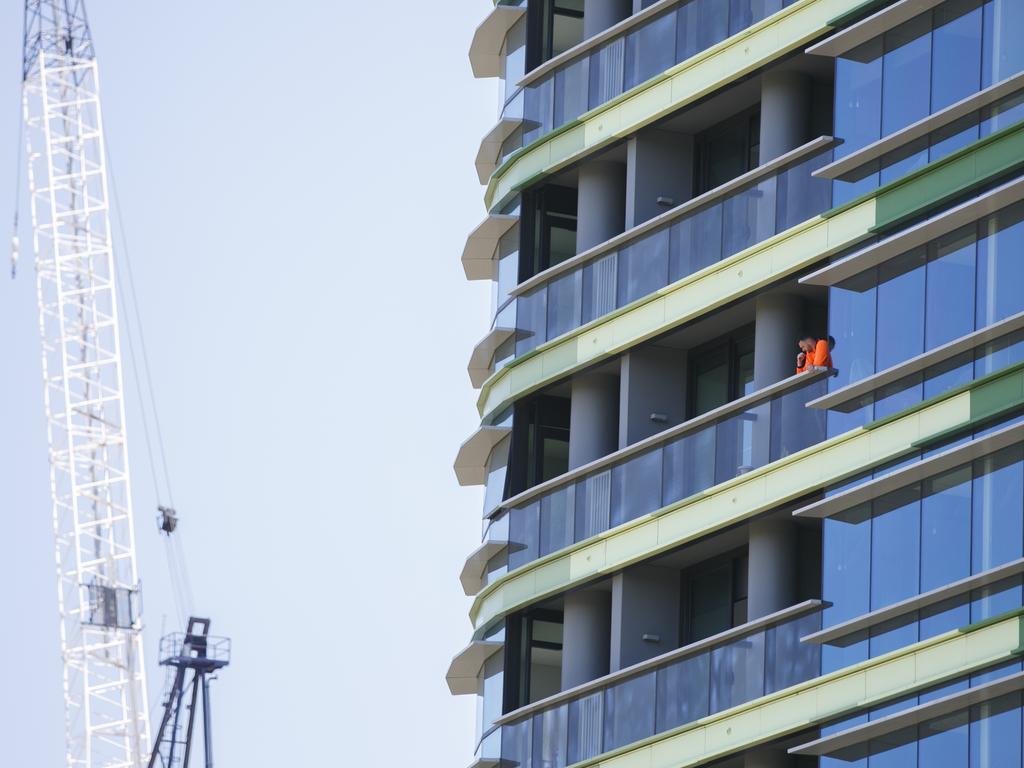
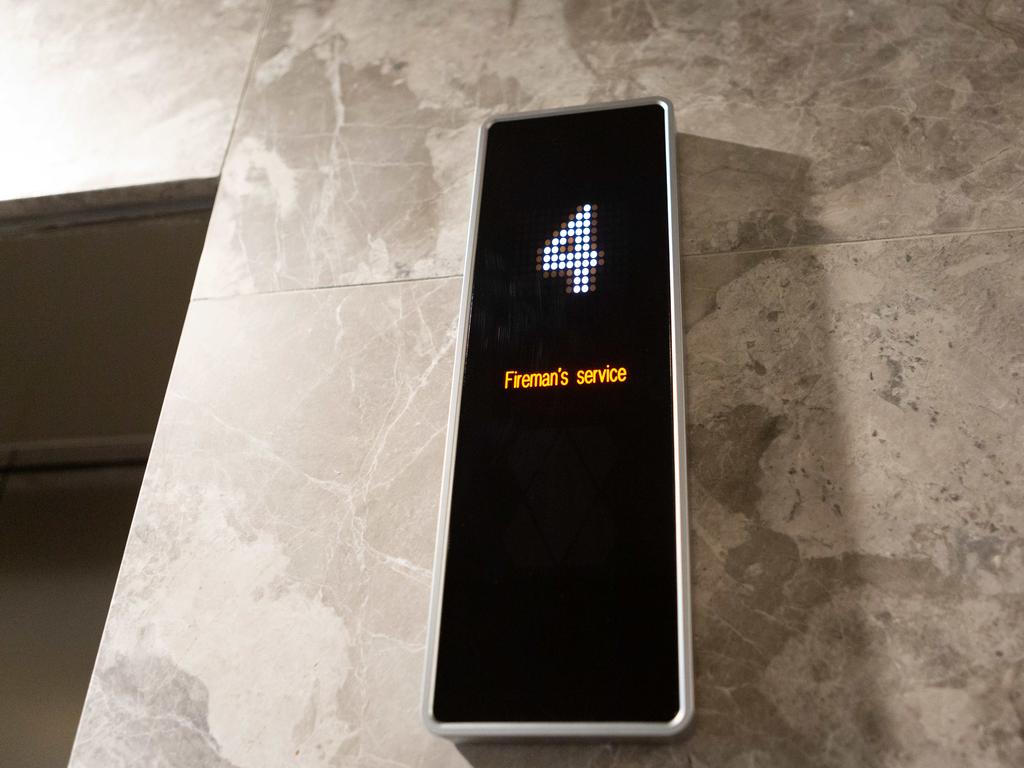
Opal residents were evacuated last week after loud bangs were heard and cracks started appearing on the 10th floor on Christmas Eve.
To add insult to injury, about 300 displaced people were forced to change hotels and other temporary accommodation yesterday because the rooms had already been pre-booked for New Year’s Eve.
More: ‘Communal gardens in the sky’ could be be Opal Tower’s undoing
More: Opal Tower owners stand to lose a fortune
More: Deadline looms for crumbling tower
The discovery of more damage on another floor comes less than 48 hours after the building was declared “structurally sound”. It means some residents may have to spend months instead of weeks living elsewhere while the flaws are fixed.
In a statement released after a three-hour crisis meeting yesterday, WSP Australia & New Zealand said the areas showed “evidence of some but lesser damage” compared to the original cracked panel which sparked the investigation.
“As a precautionary measure, propping is being installed to support Level 4, and this will be completed by Icon Co (builder) by the end of today,” it said, according to The Telegraph.
“The building is structurally sound overall.”
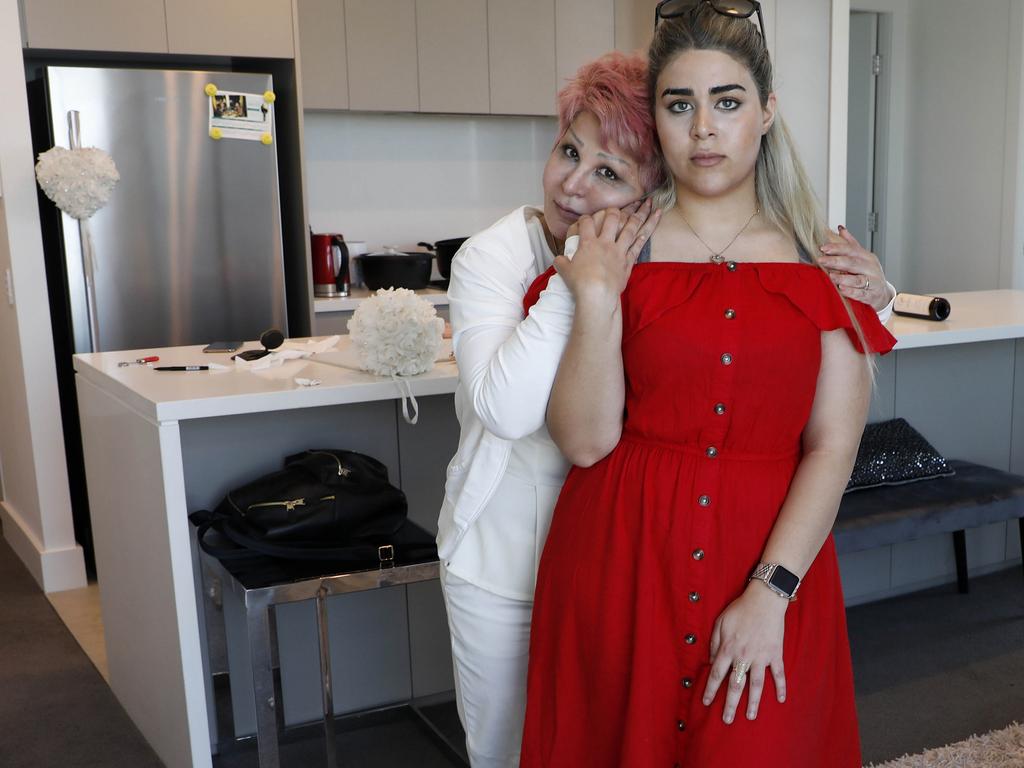
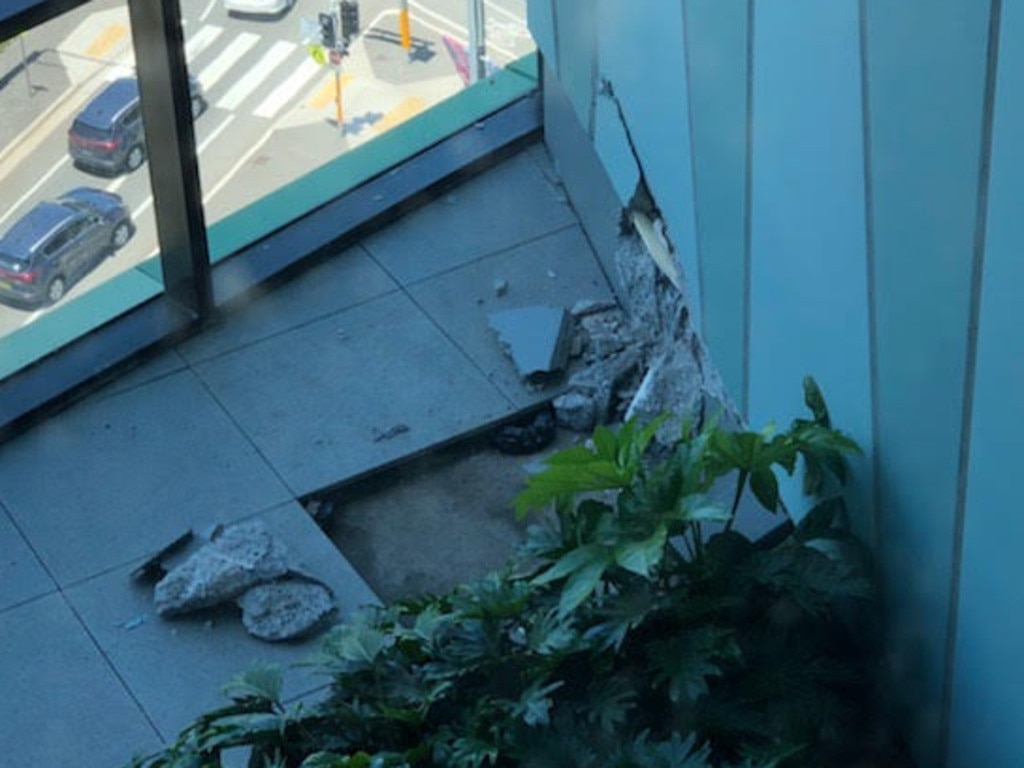
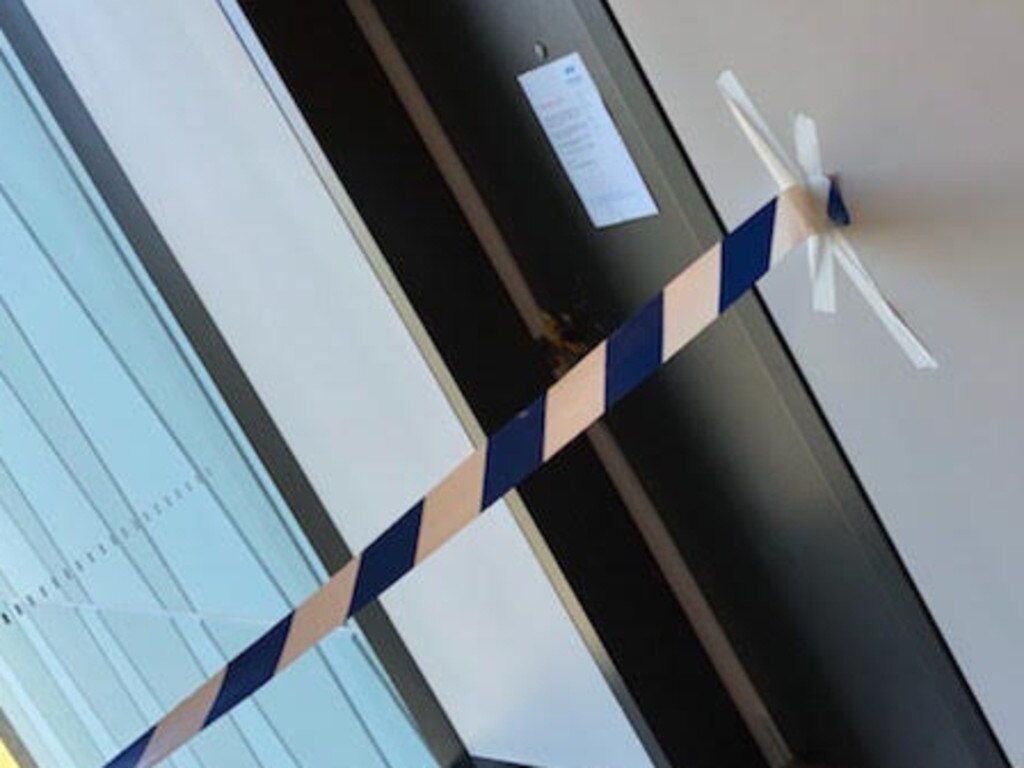
Engineers representing WSP, the Kajima Corporation, the Japanese parent of builder Icon, Rincovitch, an independent third party appointed by Icon, and the body corporate-appointed company Cardno attended the 2pm meeting.
Two professors of engineering appointed by the state government to carry out an independent investigation of the fiasco were also present, as well as a representative from Ecove.
In a statement released to residents yesterday, Icon denied claims published in The Australian that engineers had ruled out “any inherent fault” in prefabricated concrete panel as the cause of the Opal Tower cracking.
Icon said they were “unable to pre-empt or confirm the findings” given the investigation is ongoing.
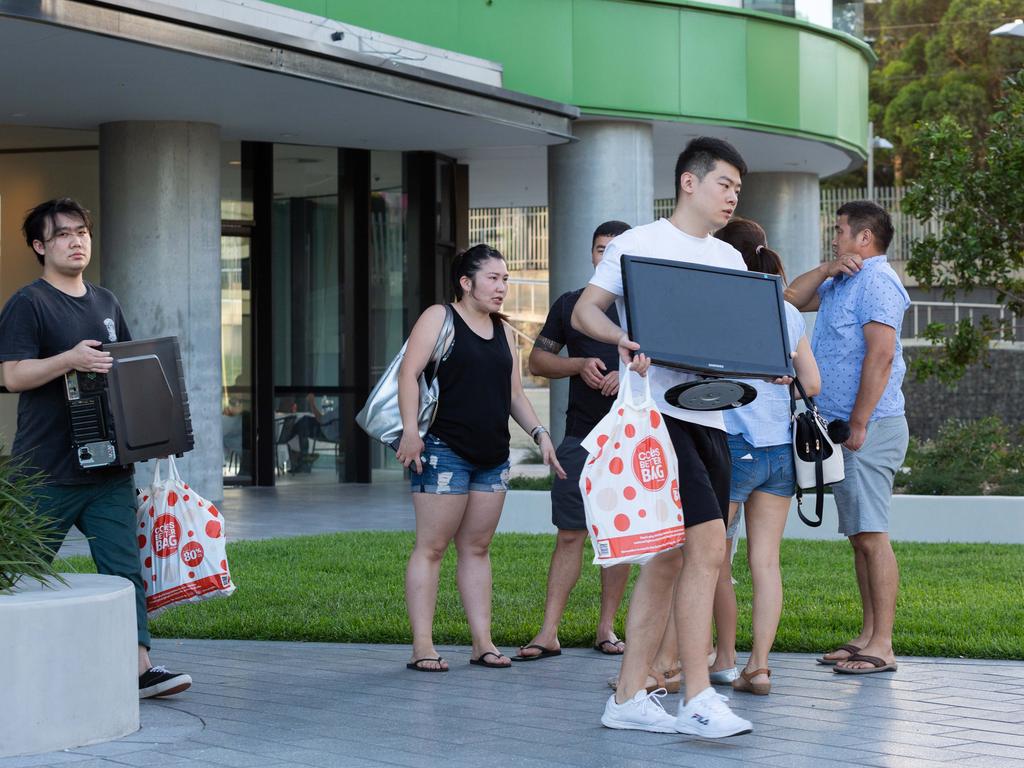
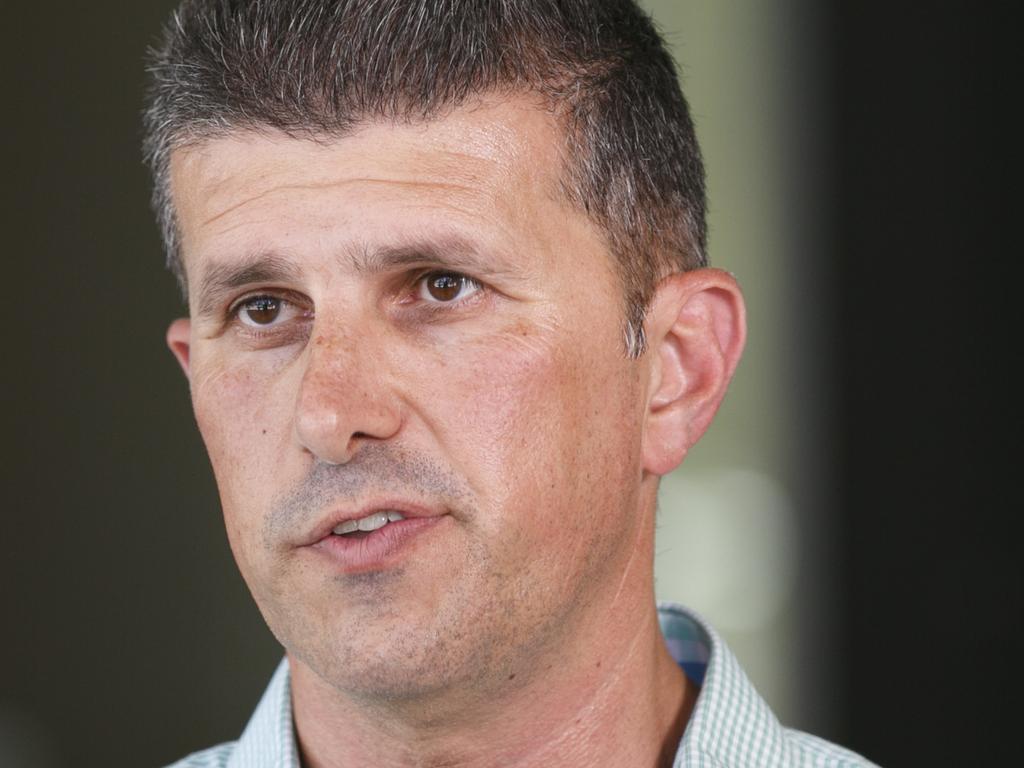
Mr Templeton said “no other areas of damage to the extent of that in one part of Level 10” had been found anywhere else on the property.
“There are fewer than 20 parts of the building with a similar configuration to the connection between prefabricated and in-situ poured concrete that was damaged on Level 10,” he told The Australian.
“Two of these areas, both on level four, show evidence of some but lesser damage.”
The NSW government has appointed two experts — UNSW’s Professor Mark Hoffman and Newcastle University’s Professor John Carter — to investigate the situation.
Opal Tower developer Ecove has denied accusations it was trying blame the problem on design flaws while construction company Icon insists precast concrete panels are the issue.
One of the lines of inquiry relates to the Sydney Olympic Park site which has a long and inglorious history housing chemical waste.
Sydney Olympic Park previously housed an abattoir and up until 1976 the site was used to manufacture the ingredients for Agent Orange, a powerful herbicide used in the Vietnam War.
Toxic soil had to be removed from the site as part of redeveloping the area for the 2000 Olympic Games.
An industry source told The Daily Telegraph the fact the Opal site is on heavily remediated land could have had impacted the building’s movement
Originally published as Two new cracks appear at Sydney’s troubled Opal Tower



